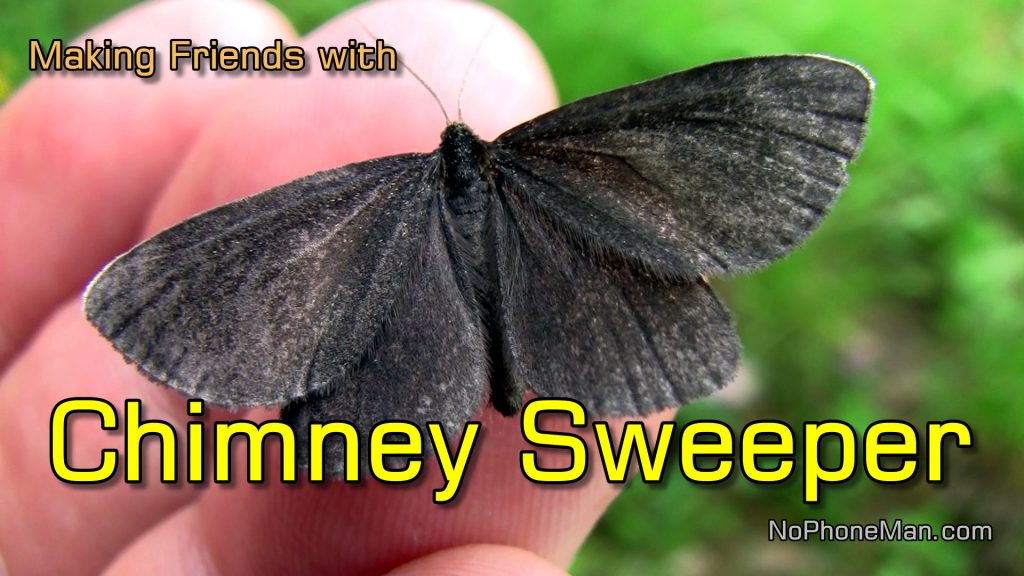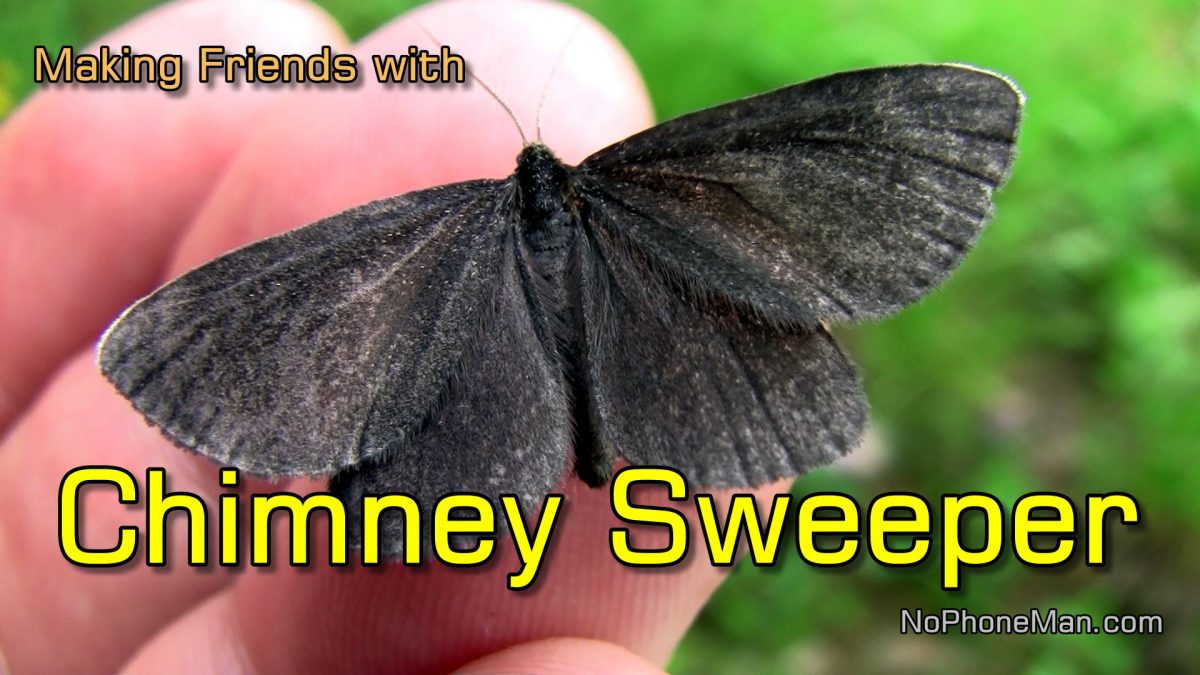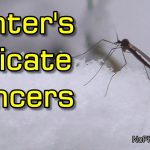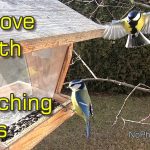
Join me on a captivating journey through nature as I recount my extraordinary encounter with a delightful Chimney Sweeper moth (Odezia Atrata). As I embarked on one of my regular walks, the idyllic surroundings unfolded before me – a dirt road flanked by a mesmerizing meadow adorned with a tapestry of vibrant flowers.
The air was filled with the enchanting aroma of Ivan-da-Marya (Melampyrum Nemorosum) and the allure of two charming Clover varieties: the elegant Red Clover (Trifolium Pratense) and the graceful Alsike Clover (Trifolium Hybridum). Amidst this natural symphony, a Chimney Sweeper moth gracefully took to the skies. Intrigued by this rare sight, I reached for my camera, determined to capture this enchanting creature on film.
To my surprise, the moth seemed to share my curiosity, and it danced playfully around me, eventually finding solace on my pants. Delicately, it extended its proboscis, as if in search of nourishment, unaware that my trousers were an unlikely source. Undeterred, I continued filming, eager to document this mesmerizing interaction.
Unbeknownst to the moth, its presence on top of the camera hindered its appearance on film. Driven by the desire to immortalize this friendship, I gently transferred the moth onto my hand. Remarkably, it exuded a sense of trust, spreading its exquisite black wings in a graceful display.
While captivated by this enchanting creature, I realized its true purpose in the wild – to seek sustenance through pollen and nectar. Though our connection was genuine and heartwarming, I understood the significance of enabling it to fulfill its natural role. With utmost care and respect, I returned the Chimney Sweeper to the Clover it had previously favored, watching in awe as it embarked on a nourishing feast.
Moments later, the moth took to the skies once more, only to find solace on my camera once again. Its endearing affection continued to shine through, reminding me of the delicate balance between the wild and human interactions. Guided by this understanding, I gently encouraged the moth to continue its journey, ensuring its freedom to explore, thrive, and embrace its instincts.
As I reflect on this exhilarating encounter, a blend of gratitude and longing fills my heart. The connection forged with this friendly Chimney Sweeper has left an indelible mark, sparking a fervent desire to cross paths with this enchanting creature once more during my strolls through the woods. Join me as we celebrate the beauty of nature’s wonders and the profound connections that can be forged amidst its breathtaking tapestry.
About the Chimney Sweeper Moth (Odezia Atrata)
The Chimney Sweeper Moth (Odezia atrata) is a captivating insect species that belongs to the family Geometridae. This moth, with its distinct appearance and intriguing behavior, has garnered significant attention from researchers and nature enthusiasts alike. In this comprehensive study, we will delve into the various aspects of the Chimney Sweeper Moth, including its taxonomy, morphology, life cycle, habitat, behavior, and ecological significance.
Chimney Sweeper Moth Morphology
The Chimney Sweeper Moth exhibits distinct physical characteristics that set it apart from other moth species. Key features include:
- Wingspan: Adult moths typically have a wingspan ranging from 20 to 30 millimeters.
- Wing Coloration: The wings are predominantly black, with subtle variations and patterns.
- Body Structure: The body is slender, cylindrical, and covered in fine scales, with a notable proboscis used for feeding.
Chimney Sweeper Moth Life Cycle
- Egg Stage: The female Chimney Sweeper Moth deposits small, spherical eggs on the host plant or nearby vegetation.
- Larval Stage: After hatching, the larva undergoes several instars, displaying distinct color patterns and camouflage adaptations to blend with its surroundings.
- Pupal Stage: The fully grown larva pupates within a cocoon, typically formed on the ground or on plant surfaces.
- Adult Stage: The adult moth emerges from the pupa, completing the life cycle. The duration of each life stage can vary depending on environmental factors.
Chimney Sweeper Moth Habitat and Distribution
- Habitat: Chimney Sweeper Moths are primarily found in diverse habitats such as meadows, open woodlands, grasslands, and gardens.
- Geographic Distribution: This species has a wide distribution range across Europe, including the British Isles, Scandinavia, and parts of Asia.
Chimney Sweeper Moth Behavior and Feeding Habits
- Nocturnal Activity: Chimney Sweeper Moths are primarily nocturnal, with heightened activity during the twilight hours.
- Feeding: Adult moths primarily feed on nectar from a variety of flowering plants, such as clover species (Trifolium spp.), where they employ their proboscis to access floral resources.
- Mating and Reproduction: Male moths utilize pheromones to attract females for mating, contributing to the continuation of their species.
Chimney Sweeper Moth Ecological Significance
- Pollination: As nectar feeders, Chimney Sweeper Moths play a role in the pollination of various plant species, aiding in plant reproduction and ecosystem stability.
- Prey-Predator Relationships: As part of the food chain, the larvae of Chimney Sweeper Moths serve as a food source for birds, spiders, and other insectivorous predators, contributing to the overall biodiversity of their habitats.
Conclusion
The Chimney Sweeper Moth (Odezia atrata) is a fascinating and scientifically significant species within the Lepidoptera order. Through this comprehensive study, we have explored its taxonomy, morphology, life cycle, habitat, behavior, and ecological role. By enhancing our understanding of this captivating moth, researchers and nature enthusiasts can contribute to the conservation efforts necessary to preserve its natural habitats and the delicate balance of ecosystems it inhabits.





